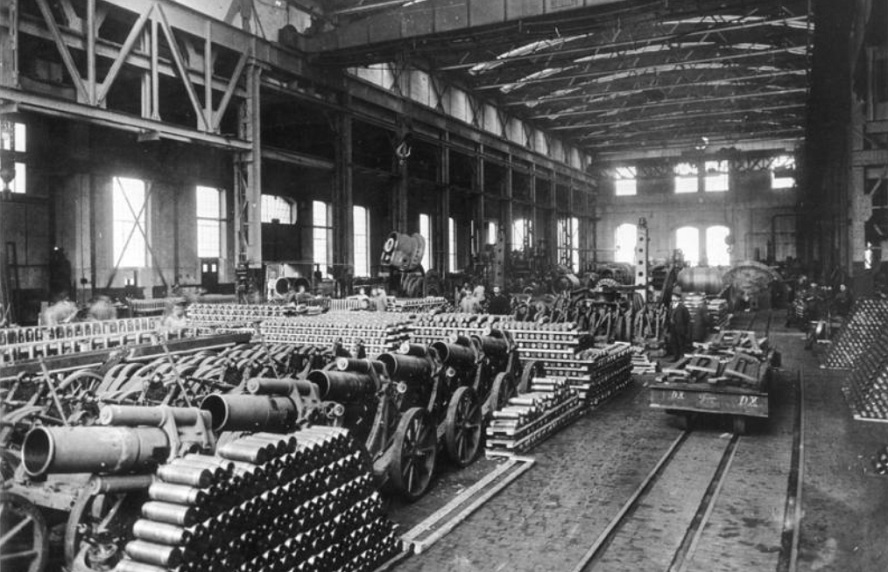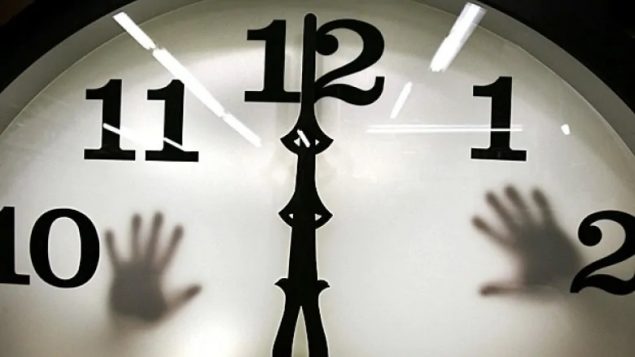The expression is “spring forward, fall back”. That phrase signifies the practice of changing the time forward one hour in spring, and turning clocks back one hour in fall.
The idea has always been to align daytime work schedules more closely to available sunlight as the daylight hours are fewer in winter .
This weekend, most clocks in Canada, across all six time zones, will be advanced one hour, meaning Canadians will lose an hour of sleep.
This practice has long been controversial, and now it’s been decided in the Yukon Territory that this will be the last time they change the clocks. The decision was made after a survey of the residents who responded in a clear majority that they no longer wanted the time changes.
The west coast province of British Columbia is also mulling the idea of a permanent set time, but says it wants to coordinate with neighbouring trading partner states in the U.S. Other provinces are said to be seriously considering abandoning the practices of annual time changes.

Germany was the first country to adopt DST in 1916 to conserve energy resources in WWI, but a couple of Canadian cities were the first to adopt the idea, years earlier. (Bundesarchiv 146-1970-047-37)
The practice of Daylight Saving time, setting clocks back and forth for fall/winter and spring/summer seasons dates back to an idea proposed by American Benjamin Franklin in 1794, but it was in a satirical essay and didn’t really express the idea of changing clocks, merely that people rise with the sun. The pamphlet also included the (still tongue-in-cheek) idea of posting guards outside candle shops to ensure people didn’t exceed a ration of candles.
We then get to 1895 when the idea was proposed by New Zealand entomologist, George Hudson and then later independently by British builder William Willett in 1907, but although the idea went to Parliament in 1908 it was never passed.
Canada is the first.
The first to actually use the idea seems to be several communities in Canada in 1908 starting with Port Arthur Ontario, (now Thunder Bay).
In 1914, Regina, Saskatchewan began the practice, while Winnipeg and Brandon in Manitoba began in 1916.
Germany is the first to impement the practice on a national basis in 1916 followed quickly by Britain as a way to save on energy as they became embroiled in the First World War and desperate to conserve their resources of coal. Canada instituted the idea as well in 1917, but in 1918 it was dropped until it was renewed again during the Second World War.
Since the 1960’s Canada has been closely following U.S changes in DST to facilitate trade. Although most of Canada follows the time changes, most of Saskatchewan does not change its clocks. Across Canada, there are a handful of individual cities and towns that have decided to maintain a steady time all year.
Additional information-sources







For reasons beyond our control, and for an undetermined period of time, our comment section is now closed. However, our social networks remain open to your contributions.